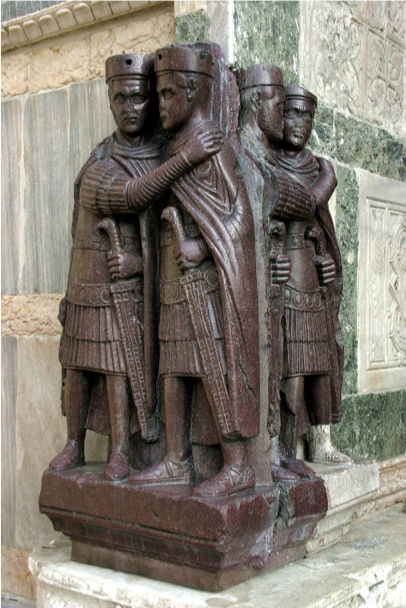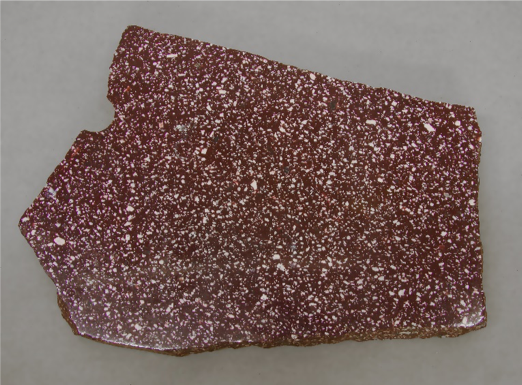by Debra Wilson

What comes to mind when you hear the phrase “born to the purple”? Most people will probably think of royalty.
The color purple has been associated with royalty since ancient times, in large part because the murex shellfish-based Tyrian purple dye (aka Royal purple or Imperial purple), produced by the Phoenician city of Tyre during the Bronze Age, was very expensive to make and thus only the wealthiest classes, including the nobility, could afford it. Its striking color and resistance to fading made clothing dyed with Tyrian purple highly desirable and the ancient Romans adopted purple as a symbol of imperial authority and status. The togas of the Senators were trimmed in purple and a completely purple toga was worn by the person occupying the powerful office of Censor. It was the Censor’s job to determine which Senators were still worthy of office and who should and should not be on the roster of Rome’s leading citizens.
The color purple was not only reserved as a status symbol for clothing but was also used in Roman monuments and buildings. “Imperial Porphyry” is an igneous rock that contains hematite and the manganese-bearing mineral piemontite that makes it similar in color to the Tyrian purple dye. Porphyry (from the Greek meaning purple) has a hardness of 7 out of 10 on the Mohs hardness scale, comparable to steel or quartz, which made it very suitable for carving. It took very strong, well-tempered steel to cut it, and was very challenging to achieve any great degree of precision in the cutting. The Romans developed steel good enough for the task, but the process was lost in the Middle Ages, making Roman porphyry artifacts not only symbols of the Caesars but also of Rome’s great technological achievements.
The Imperial Porphyry was also rare and expensive because it came from only one quarry discovered in 18AD by the Roman Legionnaire Caius Cominius in the far away Eastern Desert of Egypt, located near the Red Sea at a place that became known as Mons Porphyrites. Can you imagine extracting huge blocks of heavy porphyry and then transporting it by ship from Egypt to Rome in ancient times? The rock was imported in large quantities, most actively during the times of Nero, Trajan and Hadrian, to both Rome and Constantinople and was used in their statues, monuments, columns, and sarcophagi. One free-standing pavilion in the Great Palace of Constantinople was completely clad in the purple Imperial Porphyry and this chamber was where the empress would give birth. By now you might have guessed that the phrase “Born to the Purple” was referring to the purple clad porphyry chamber where the princes and princesses were born.

A wonderful example of an Imperial Porphyry carving is that of the Four Tetrarchs (circa 305 AD) pictured in the above photo. Originally it was thought to reside in a public square in Constantinople but was moved to a corner of the facade of St. Mark’s Basilica in Venice, Italy sometime in the Middle Ages, perhaps around 1204 AD. This sort of thing happened quite often because the Imperial Porphyry was so highly prized, and the locality of the Egyptian quarry had been lost around the 4th century AD and was not rediscovered until 1823. So the only source of this treasured porphyry in the interim came from things the Romans had built. It seems that every prince or republic or sculptor of the time who wanted this status symbol of Roman power would scavenge it from some old Roman temple, column, or sarcophagus. Much of the Imperial Porphyry seen around Europe today has been “repurposed” and can be found from Britain to Kiev.

Pictured above is a fragment of polished Imperial Porphyry (CM17465) from the ruins of Rome in the Carnegie Museum of Natural History’s Mineral collection, measuring 24.6 x 17.5 x 2.6 cm. It was acquired from Wards National Science Establishment in 1897. The white speckles you see embedded in the rock are plagioclase feldspar known as phenocrysts, which can range in color from white to pink.
Debra Wilson is the Collection Manager for the Section of Minerals at Carnegie Museum of Natural History. Museum employees are encouraged to blog about their unique experiences and knowledge gained from working at the museum.
